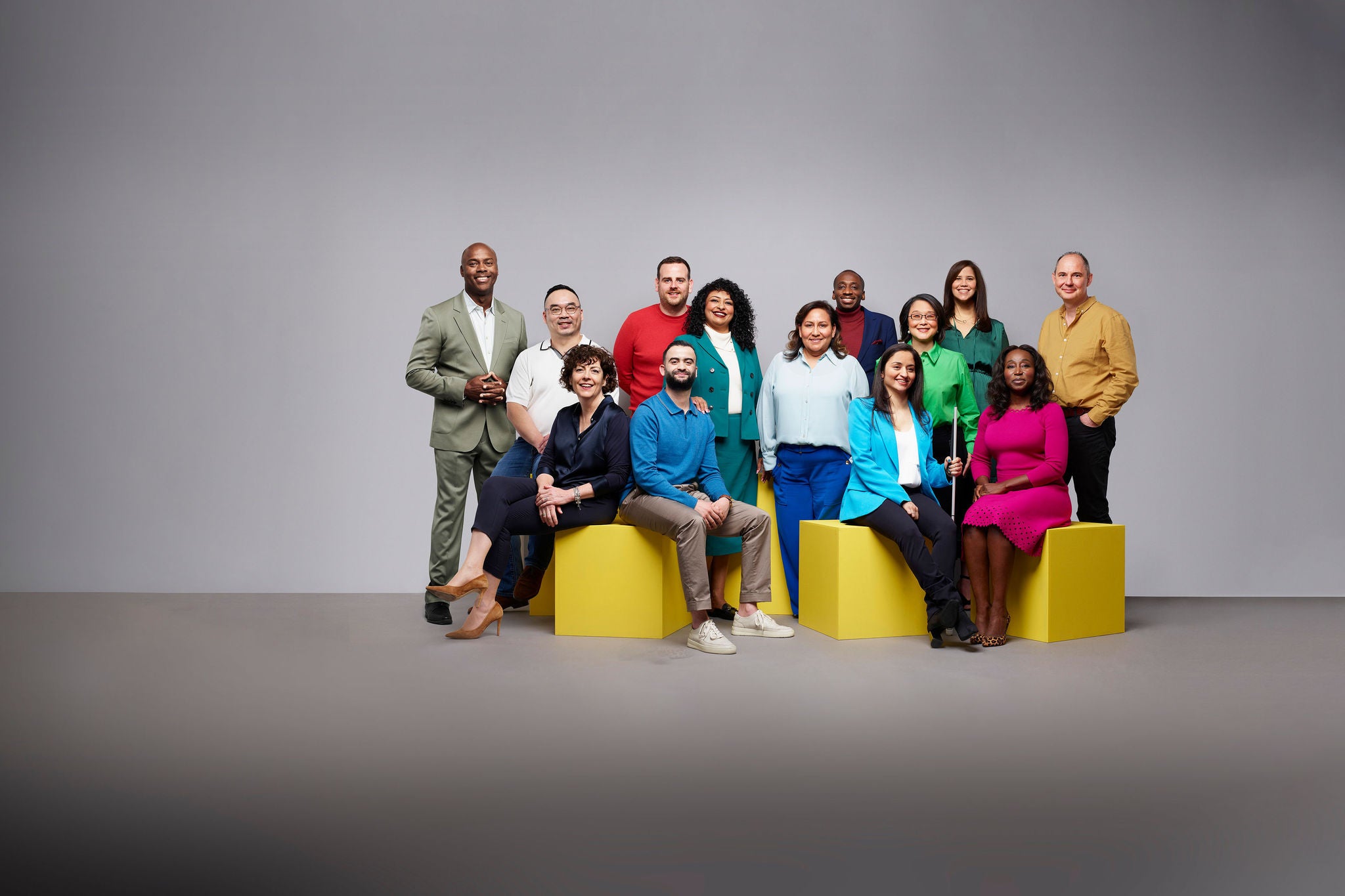EY refere-se à organização global e pode se referir a uma ou mais das firmas-membro da Ernst & Young Global Limited, cada uma das quais é uma entidade legal separada. A Ernst & Young Global Limited, uma empresa britânica limitada por garantia, não presta serviços a clientes.
Como a EY pode ajudar
Other actions EY is taking to promote social equity
During these times of fast-paced change, we want to inspire our people to team and lead inclusively every day, because we believe that a better working world is a more inclusive and equitable one. As emphasized by EY Global Chairman and CEO, Carmine Di Sibio, “We’re committed to building an environment where all differences are valued, practices are equitable, and everyone experiences a sense of belonging.”
EY’s diversity, equity and inclusiveness (DE&I) journey spans many years. Most recently, we’ve stepped up our existing commitment with a specific focus on social equity, including:
- Councils of influencers to capture all voices: Building on the work of our long-standing Global Diversity, Equity and Inclusiveness Steering Committee (GDEISC), we formed the Global Social Equity Taskforce (GSET) in 2020. Made up of 40 senior EY leaders across geographies, functions and backgrounds, the GSET has developed a suite of actions to advance social equity at EY and beyond.
- EY Global DE&I Tracker to hold ourselves accountable to progress: Creating a global standard for DE&I measurement across our business units, covering a range of differences, both visible and not visible. This is the third consecutive year of this measurement tool and we’ve seen continued, compounding progress.
- Learning for all: Our “Inclusive Leadership for ALL” e-learning course is now available to all of our 365,000 people. Our people can also work towards an Inclusion and Belonging Badge through our global upskilling program, EY Badges. This learning drives more inclusive behavior at EY, including how we team, assign work, evaluate, make advancement decisions, and bring more voices to the table.
- Sparking conversations: We’re inviting more conversations that acknowledge our differences and help us recognize and address inequities. These include situational inequities like assumptions about a person’s ability level, as well as potential structural inequities in processes like pay, recognition and promotions.
- Putting equity guardrails in place: so that internal systems, processes and programs are more inclusive and equitable, we have for example, set the expectation that a diverse group of decision-makers participate in panels, reviews and committees when making key business decisions.
- Listening to our people and learning where the gaps lie: To better understand our EY people and to ensure hidden inequities are uncovered and addressed, we launched expanded global Self-ID capabilities in 2022 — an increased range of personal information choices in our HR reporting systems for EY people to voluntarily select. Also, listening tools like the EY People Pulse survey help us better understand how people are feeling and what they need. We look at differentials in responses based on dimensions like cultural background, gender and generation, with a goal to minimize gaps.
As EY Asia-Pacific Area Managing Partner, Patrick Winter, said, “We knew that the conversations we were having had the potential to become something bigger. We began asking better questions, like, ‘What if I stepped in to make someone’s experience more equitable?’ and ‘What if I intentionally use inclusive behaviors to disrupt dynamics taking place, so no one is left on the outside?’”






